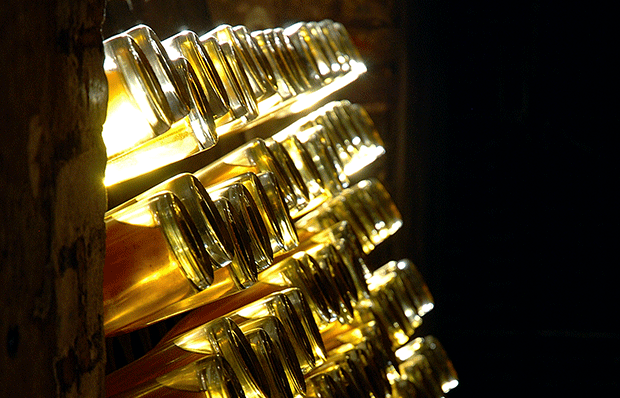


 92/100
92/100 The Champenois are supreme artisans, possessing an unparalleled mastery of blending. They craft a non-vintage cuvée - often referred to as the cornerstone upon which a house's reputation is built - from parcels across the region, in a blend of vintages and with the addition of reserve wines. This is all done with the aim of ensuring that the wine you taste in London, New York, Hong Kong and here in New Zealand is to the same level of quality and taste year in, year out. It’s the ultimate in style consistency.
Intriguingly, the esteemed champagne house Louis Roederer has embarked on a path less travelled. Their non-vintage offerings have evolved into a numbered collection, with each collection varying in taste. The concept itself is not entirely new, with Krug’s Grande Cuvée referred to as multi-vintage, rather than non-vintage. Each Krug was given an edition number, which is eventually referenced on the bottle.
What sets Louis Roederer apart is their candid explanation for this transformation. The first rationale revolves around climate change. With Champagne once considered a marginal region for producing high-quality wine, the ability to blend and incorporate reserve wines allowed producers to overcome the challenges posed by vintages with suboptimal levels of ripeness. These days, the Champagne region contends with a notably warmer and more erratic climate, presenting substantial hurdles. This is a primary driving force behind Roederer's innovative Collection range featuring changing non-vintage expressions. The concept prioritizes the pursuit of the finest non-vintage characters that manifest in a given year, as opposed to adhering to a fixed stylistic consistency.
Another pivotal change is the creation of the Perpetual Reserve, a solera system that fractionally blends reserve wines. These reserves are employed during the blending process to create each Collection. Over time, the very ripe harvests are progressively integrated into the wine in smaller proportions via the solera, ensuring the preservation of the freshness synonymous with the Louis Roederer expressions.
The first Collection wine was the 241, released only in magnums. More widely released was the 242, and we now have Collection 243. Each varies in varietal make-up, with Chardonnay and Pinot Noir dominating and the inclusion of Pinot Meunier. Some of the reserve wine is aged in oak, some of the reserve wine comes from the Perpetual Reserve, with all the reserve wines differing in age. Also, the base year the cuvées are blended around varies. With differing lees aging and varying proportions of the wine going through malolactic conversion, the most consistent aspect seems to be a dosage of 8 g/L, though even that is not necessarily a given.
Given all of this, it makes every release of the Collection exciting, and an opportunity to explore the new wine.